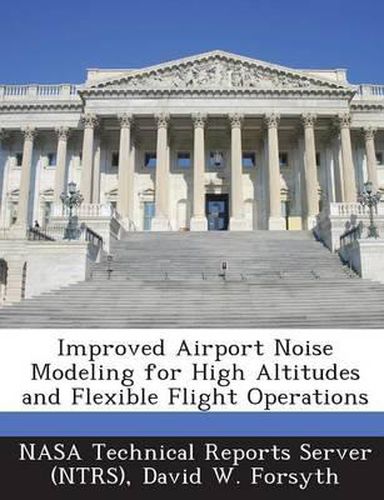Readings Newsletter
Become a Readings Member to make your shopping experience even easier.
Sign in or sign up for free!
You’re not far away from qualifying for FREE standard shipping within Australia
You’ve qualified for FREE standard shipping within Australia
The cart is loading…






The FAA’s Integrated Noise Model (INM) is widely used to estimate noise in the vicinity of airports. This study supports the development of standards by which the fleet data in the INM can be updated. A comparison of weather corrections to noise data using INM Spectral Classes is made with the Boeing integrated method. The INM spectral class method is shown to work well, capturing noise level differences due to weather especially at long distances. Two studies conducted at the Denver International Airport are included in the appendices. The two studies adopted different approaches to modeling flight operations at the airport. When compared to the original, year 2000, results, it is apparent that changes made to the INM in terms of modeling processes and databases have resulted in improved agreement between predicted and measured noise levels.
$9.00 standard shipping within Australia
FREE standard shipping within Australia for orders over $100.00
Express & International shipping calculated at checkout
The FAA’s Integrated Noise Model (INM) is widely used to estimate noise in the vicinity of airports. This study supports the development of standards by which the fleet data in the INM can be updated. A comparison of weather corrections to noise data using INM Spectral Classes is made with the Boeing integrated method. The INM spectral class method is shown to work well, capturing noise level differences due to weather especially at long distances. Two studies conducted at the Denver International Airport are included in the appendices. The two studies adopted different approaches to modeling flight operations at the airport. When compared to the original, year 2000, results, it is apparent that changes made to the INM in terms of modeling processes and databases have resulted in improved agreement between predicted and measured noise levels.